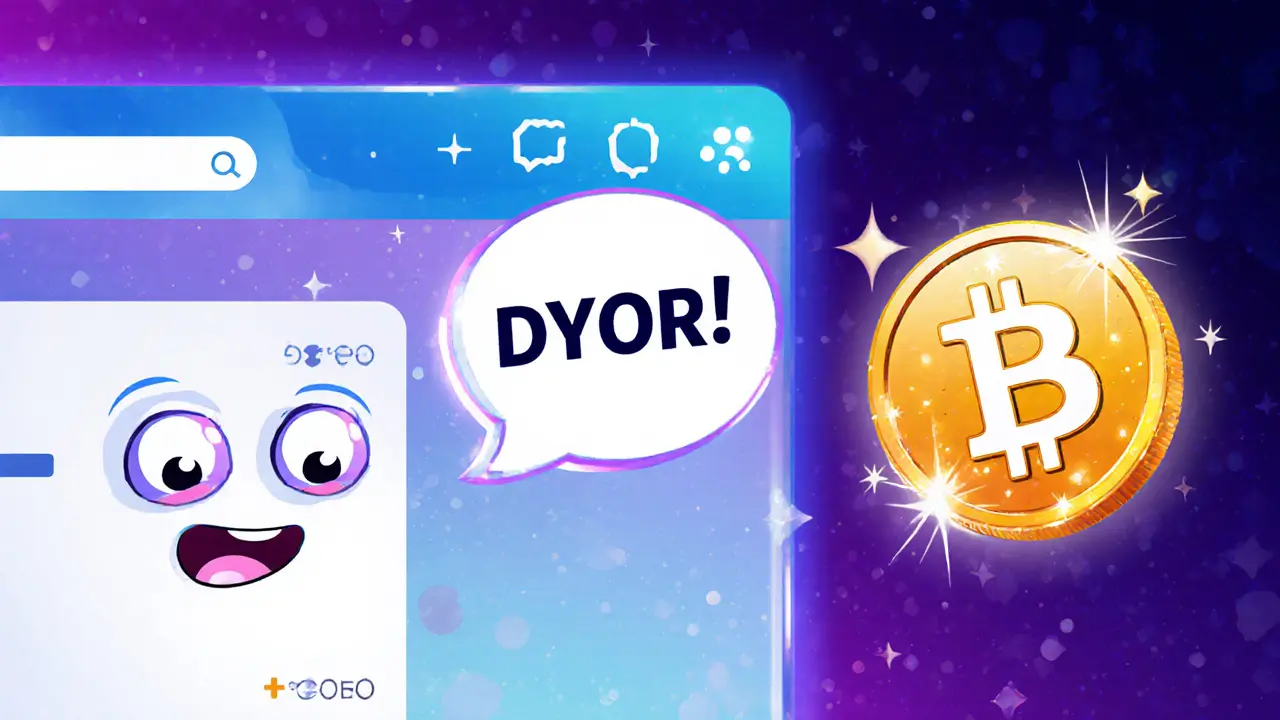Discover what the DYOR crypto coin is, why it's named after the research principle, its price, volatility, and how to apply the DYOR methodology before investing.
Crypto Token Price – How to Track, Understand, and Use It
When you look at Crypto Token Price, the market value of a digital asset expressed in a chosen fiat or crypto unit. Also known as token price, it reflects what buyers and sellers are willing to pay at any moment. Crypto token price is the heartbeat of the whole ecosystem, driving decisions from casual investors to large‑scale traders.
Key Drivers Behind Every Token’s Price
One major driver is Market Data, aggregated information like volume, order book depth, and price history. Market data gives you the context to see if a price spike is a one‑off event or part of a larger trend. Another essential piece is the Price Feed, a reliable source that pushes real‑time values to wallets, DeFi contracts, and trading bots. Without accurate price feeds, smart contracts could execute at wrong values, exposing users to loss. Finally, Exchange Liquidity, the amount of token available for trade without large price impact controls how easily you can buy or sell at the quoted price. Low liquidity often leads to slippage, which can distort the token’s apparent value.
Putting these pieces together, you get a clear picture: crypto token price encompasses market analysis, requires trustworthy price feeds, and is heavily influenced by exchange liquidity. When any of these elements shifts, the price reacts – a principle that underlies everything from a simple portfolio check to sophisticated arbitrage strategies. Below, you’ll find guides that break down how blockchain achieves immutability, detailed airdrop walkthroughs, and deep dives into exchange fees, all tying back to the core concept of token valuation.
Ready to see the specifics? Browse the collection below to learn how each factor plays out in real‑world scenarios, from utility token case studies to on‑chain analysis tools. Each article adds a layer to your understanding of crypto token price and the ecosystem that moves it.

